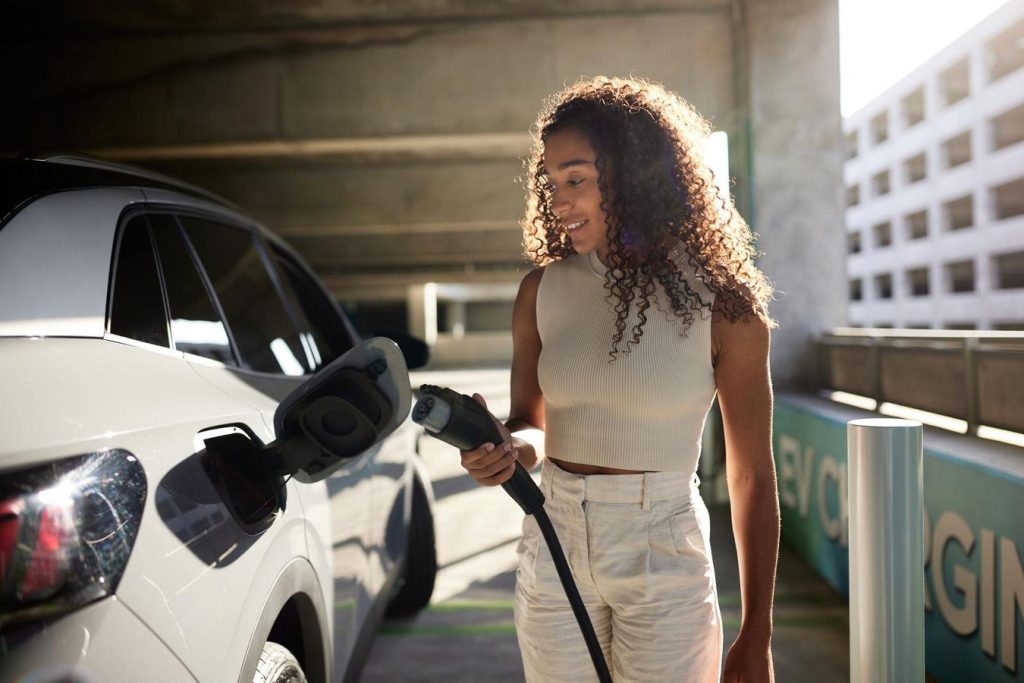The record-breaking sales of electric vehicles (EVs) in 2023 have sparked a surge in global EV adoption. However, recent headlines have been filled with negative news, including cutbacks in EV production and consumer skepticism. This skepticism is not uncommon when it comes to innovative technologies that challenge the status quo.
Throughout history, new technologies like the sewing machine, steam engine, internal combustion engine, and the internet faced similar skepticism before being widely accepted. The journey from skepticism to acceptance requires overcoming various technological, societal, and cultural barriers, which are often gradual and incremental.
While there are still hurdles to overcome in the EV market, advancements in battery technology and charging infrastructure are addressing concerns about range and reliability. Government incentives and emissions regulations are also playing a role in incentivizing the transition to electric mobility.
The benefits of EVs, such as zero emissions, noise reduction, and job generation, are driving the push towards widespread adoption. Lessons from history highlight the importance of continuous improvement, addressing practical concerns, and proactive government intervention in accelerating the adoption of new technologies.
To ensure the growth of EVs, leaders within the EV ecosystem need to collaborate to offer bundled solutions that make it easy for consumers to purchase and use electric vehicles. Bringing the home-building industry on board and demonstrating the benefits of whole-home electrification could further encourage consumer excitement and industry collaboration.
Ultimately, the market and consumers play a significant role in the mass adoption of new technologies. Despite current challenges and negative perceptions, the history of technological innovation suggests a bright future for EVs. By learning from the past and working together, the EV ecosystem can pave the way for a more sustainable and electrified future.


